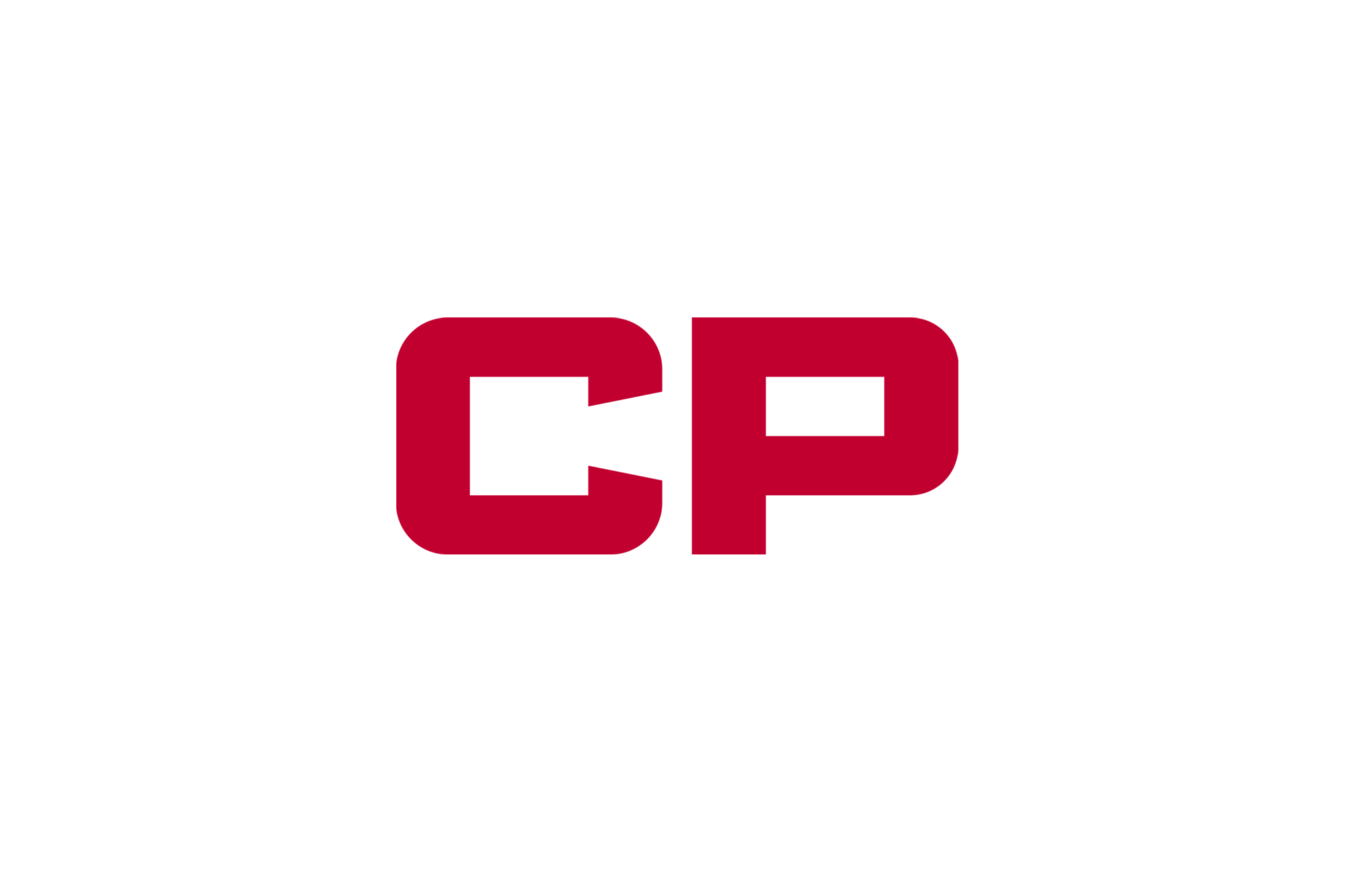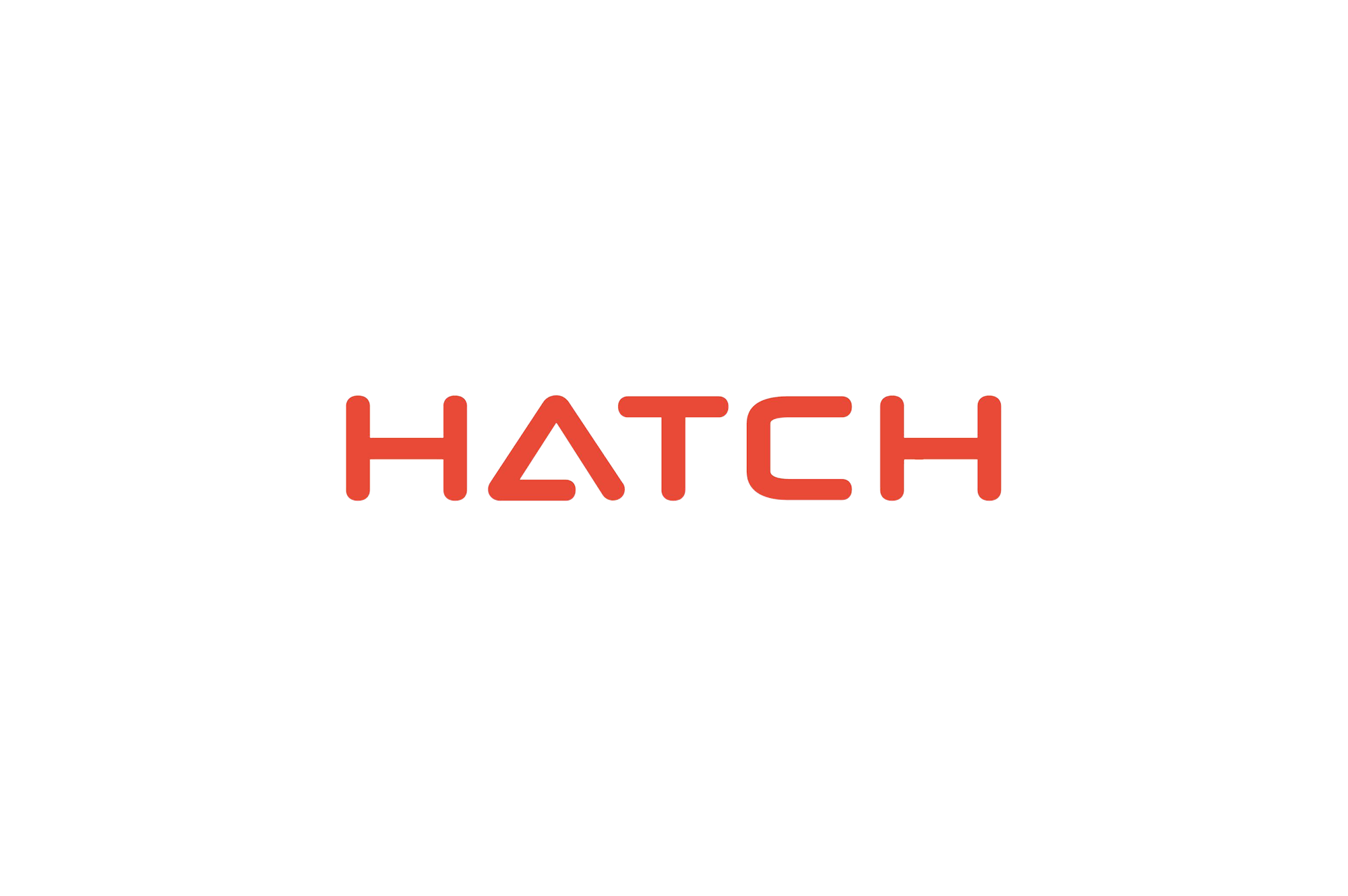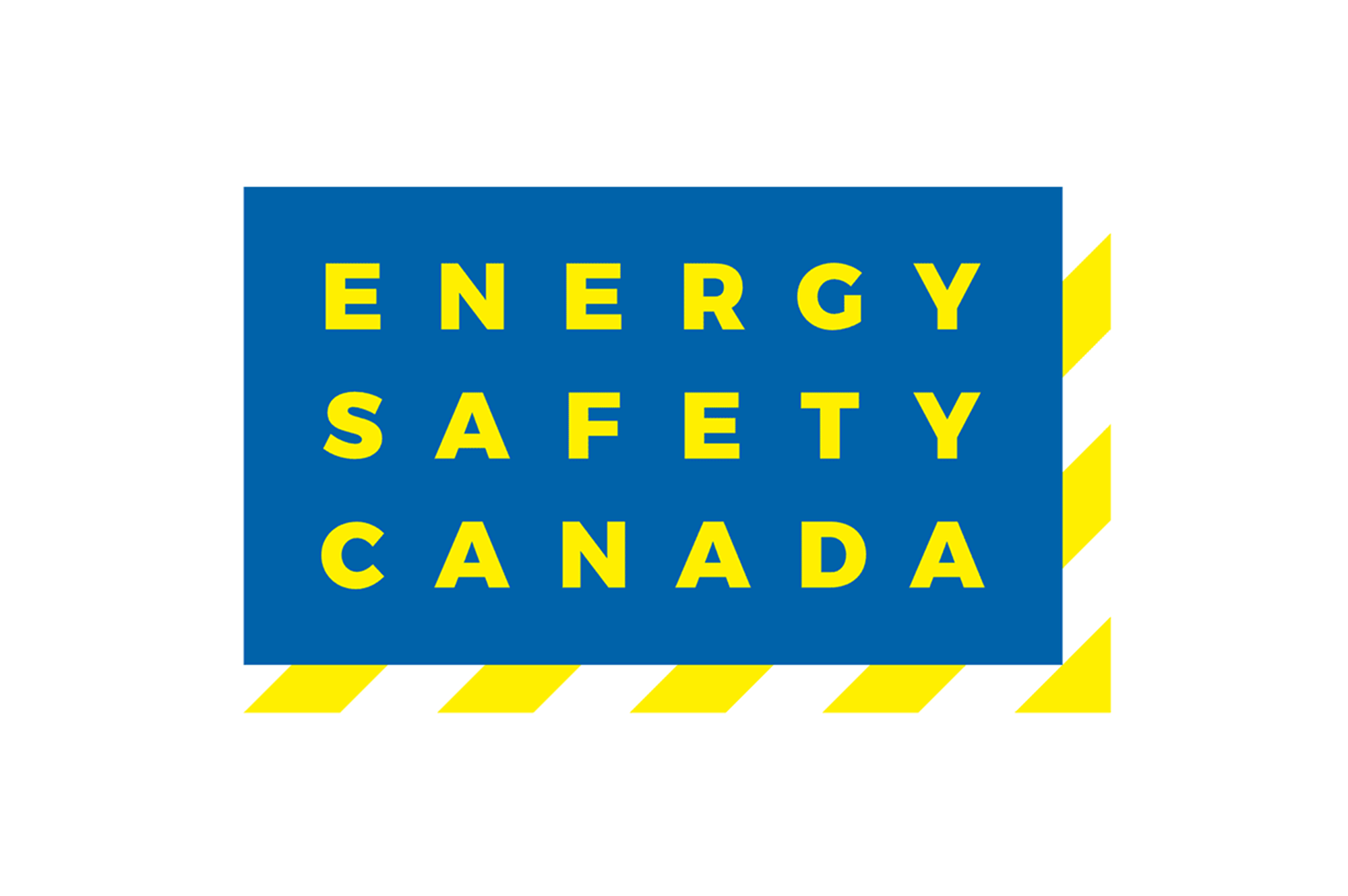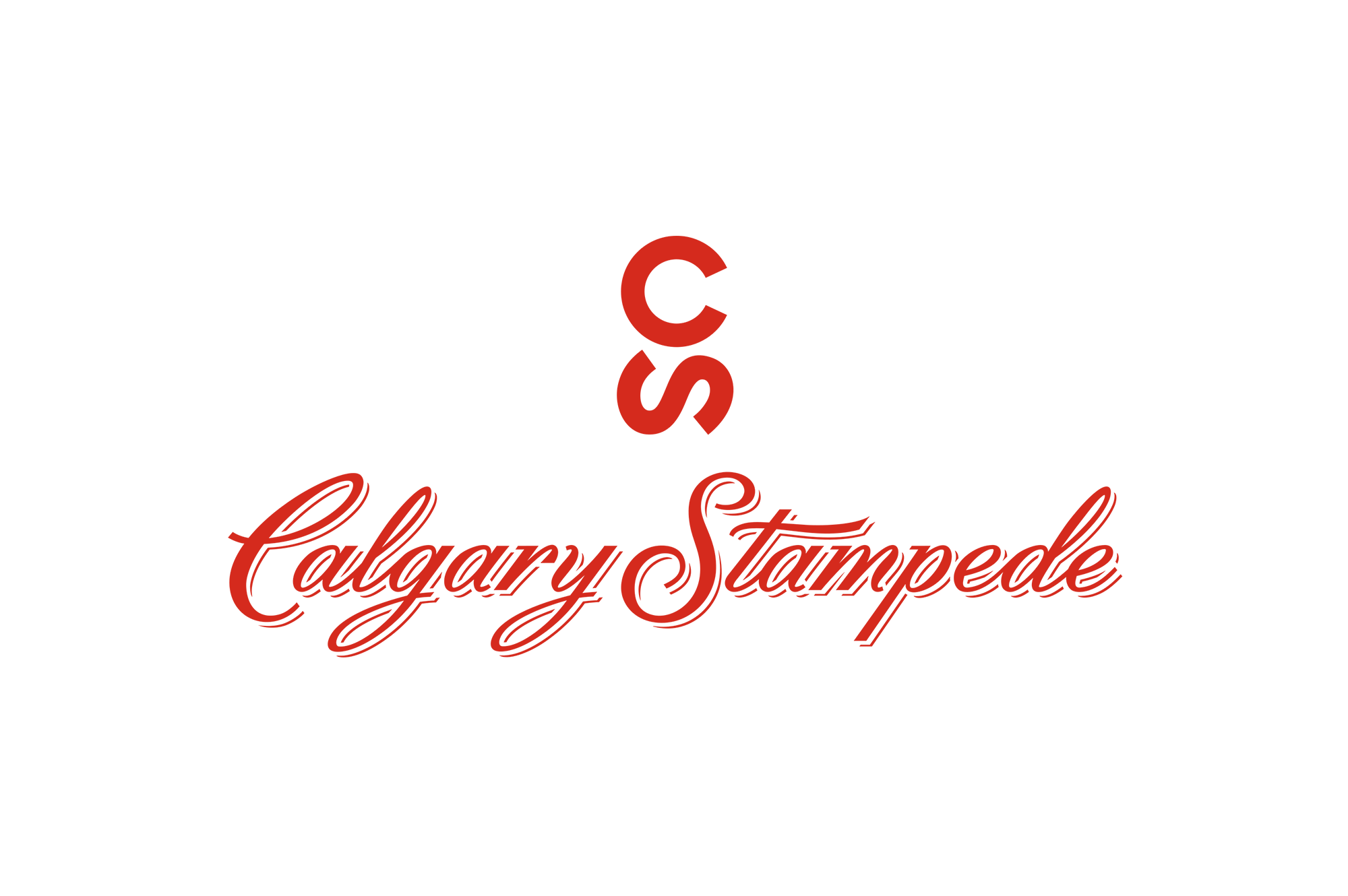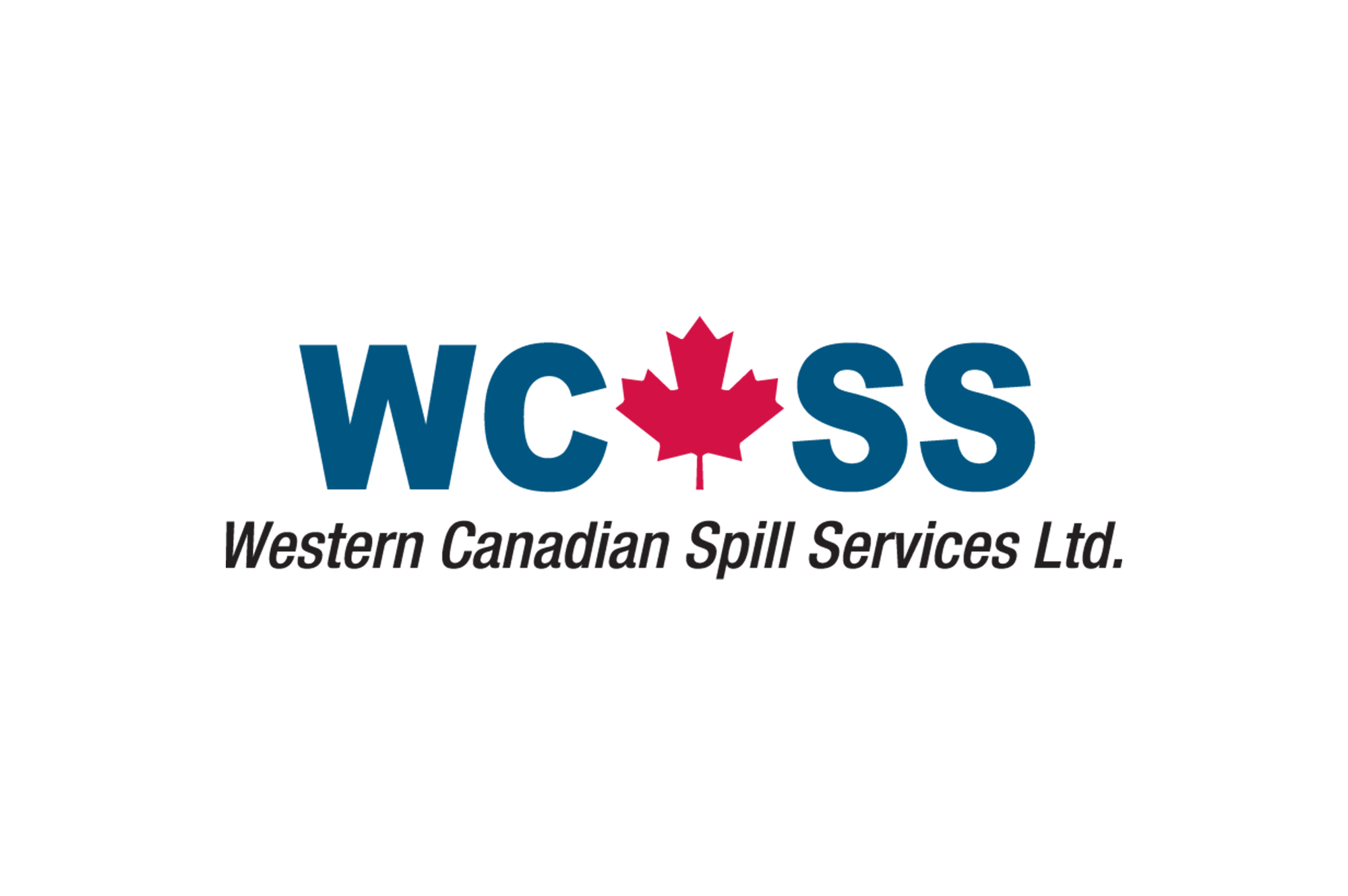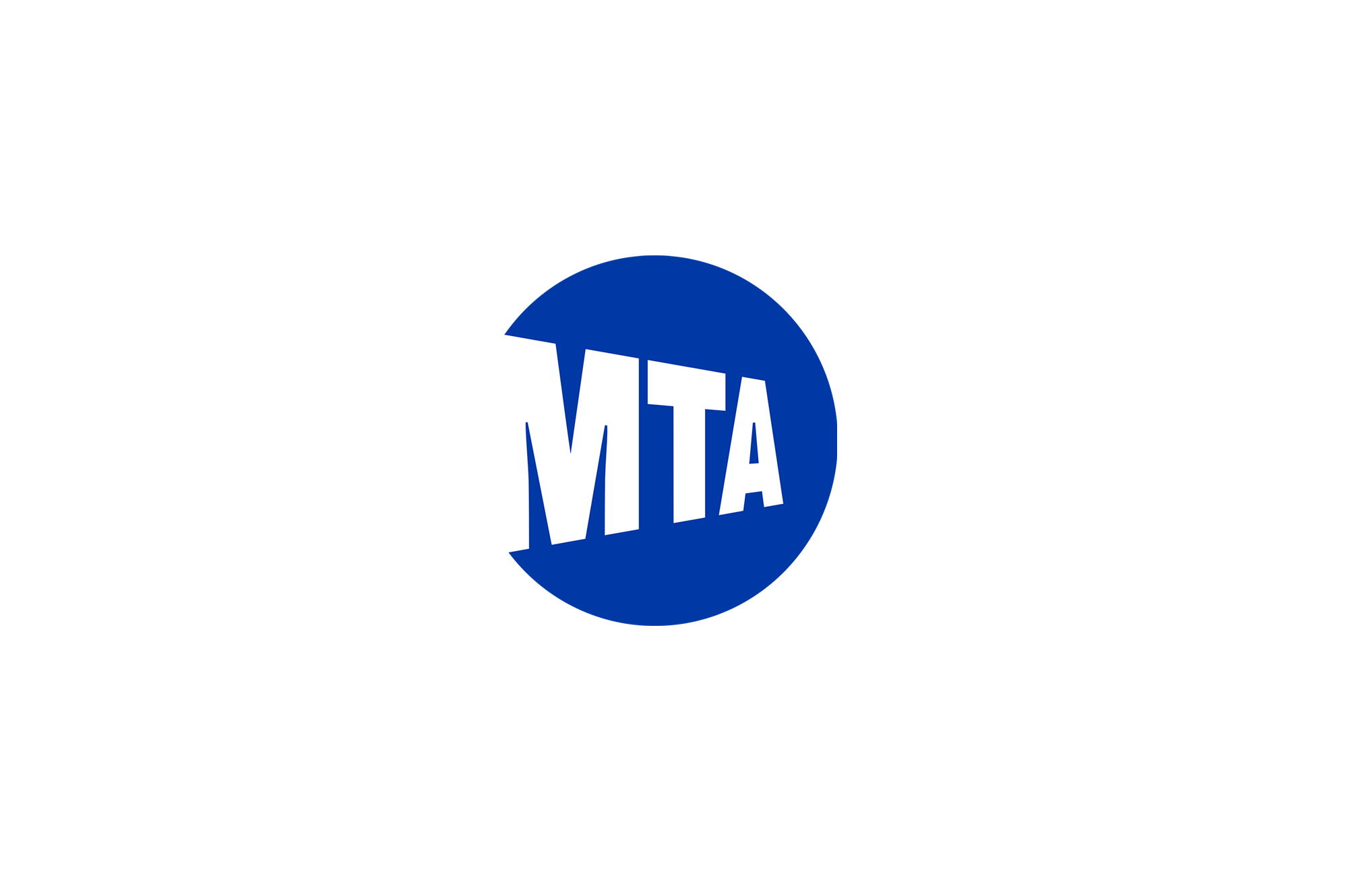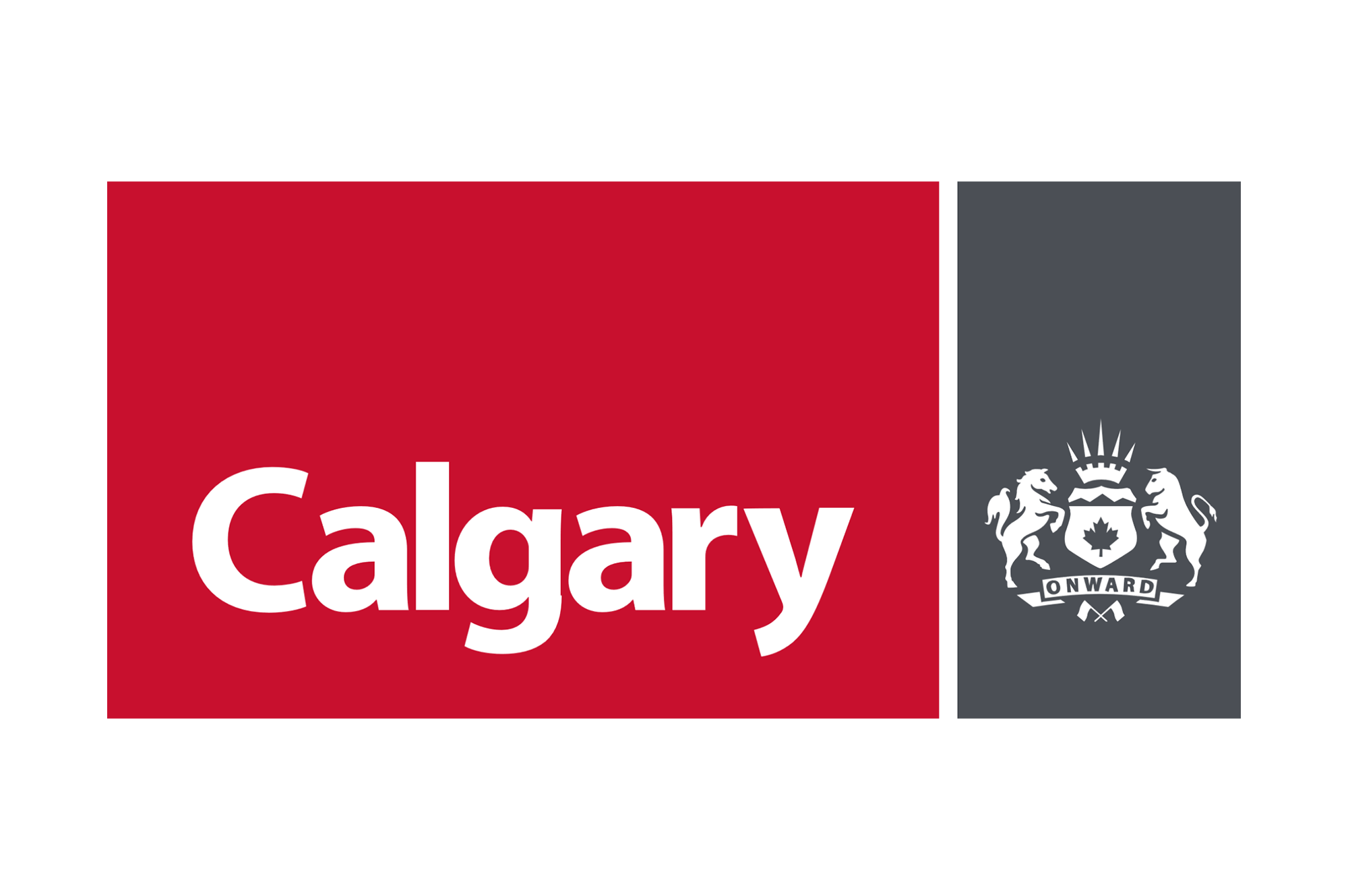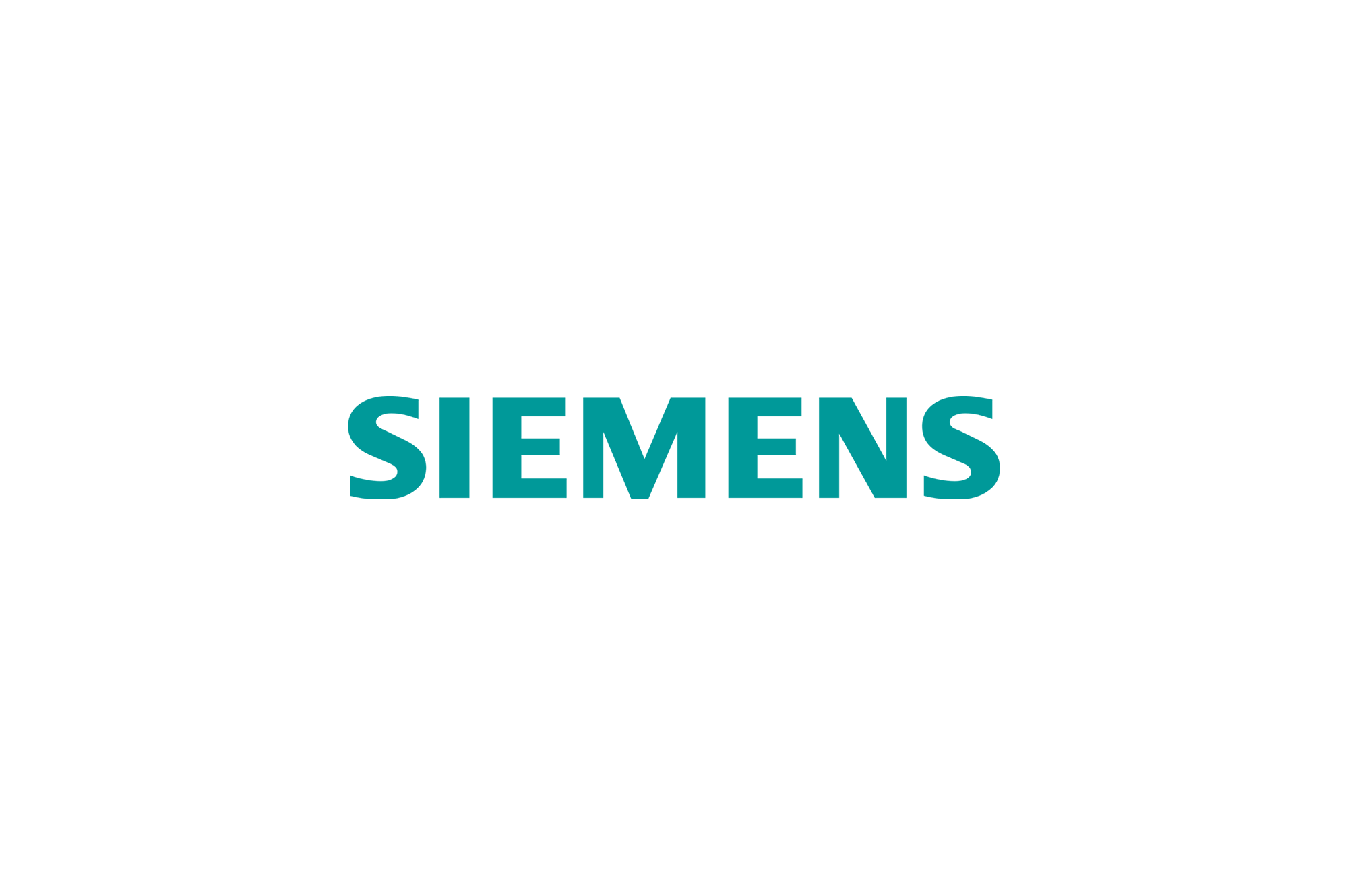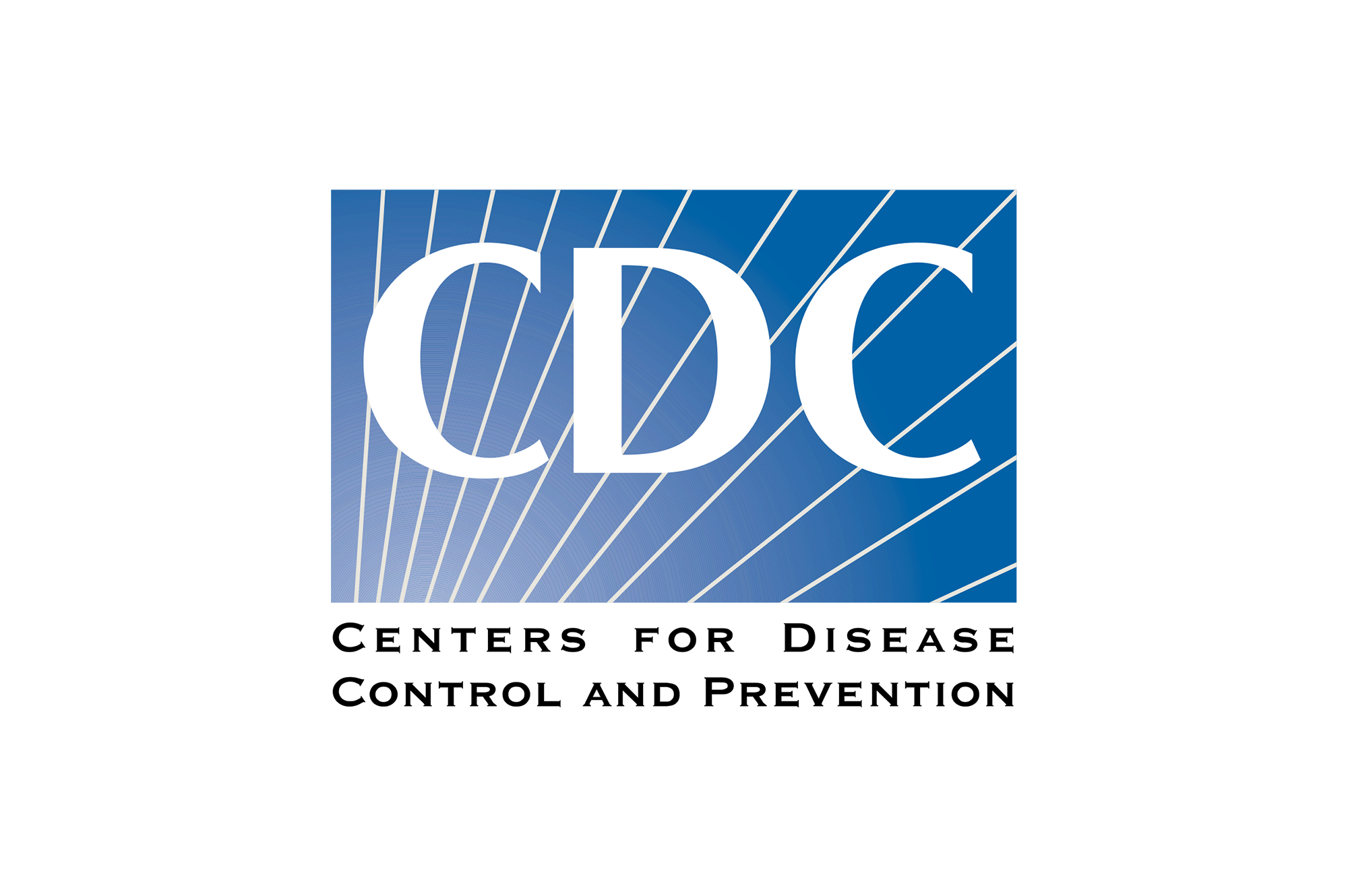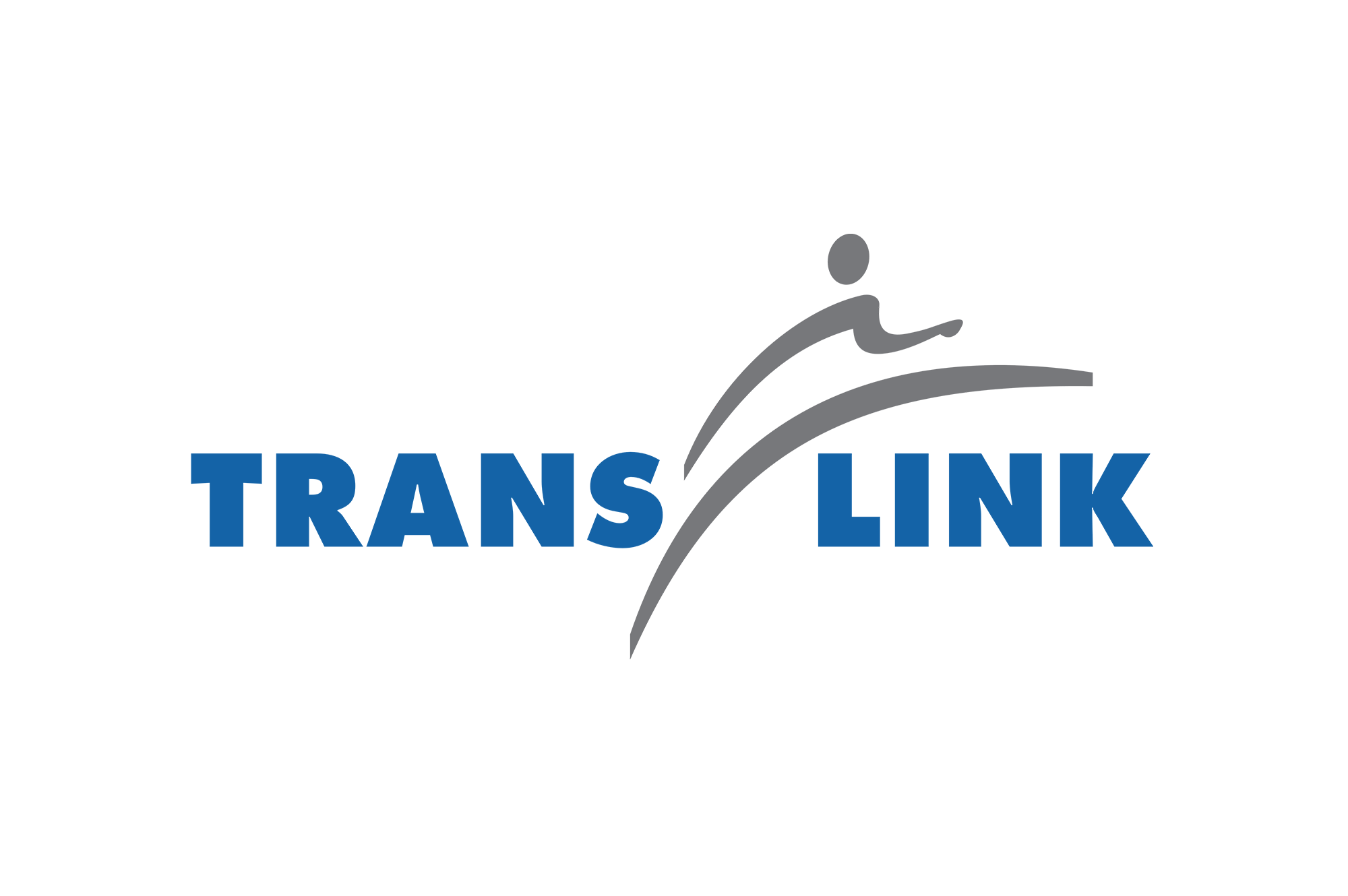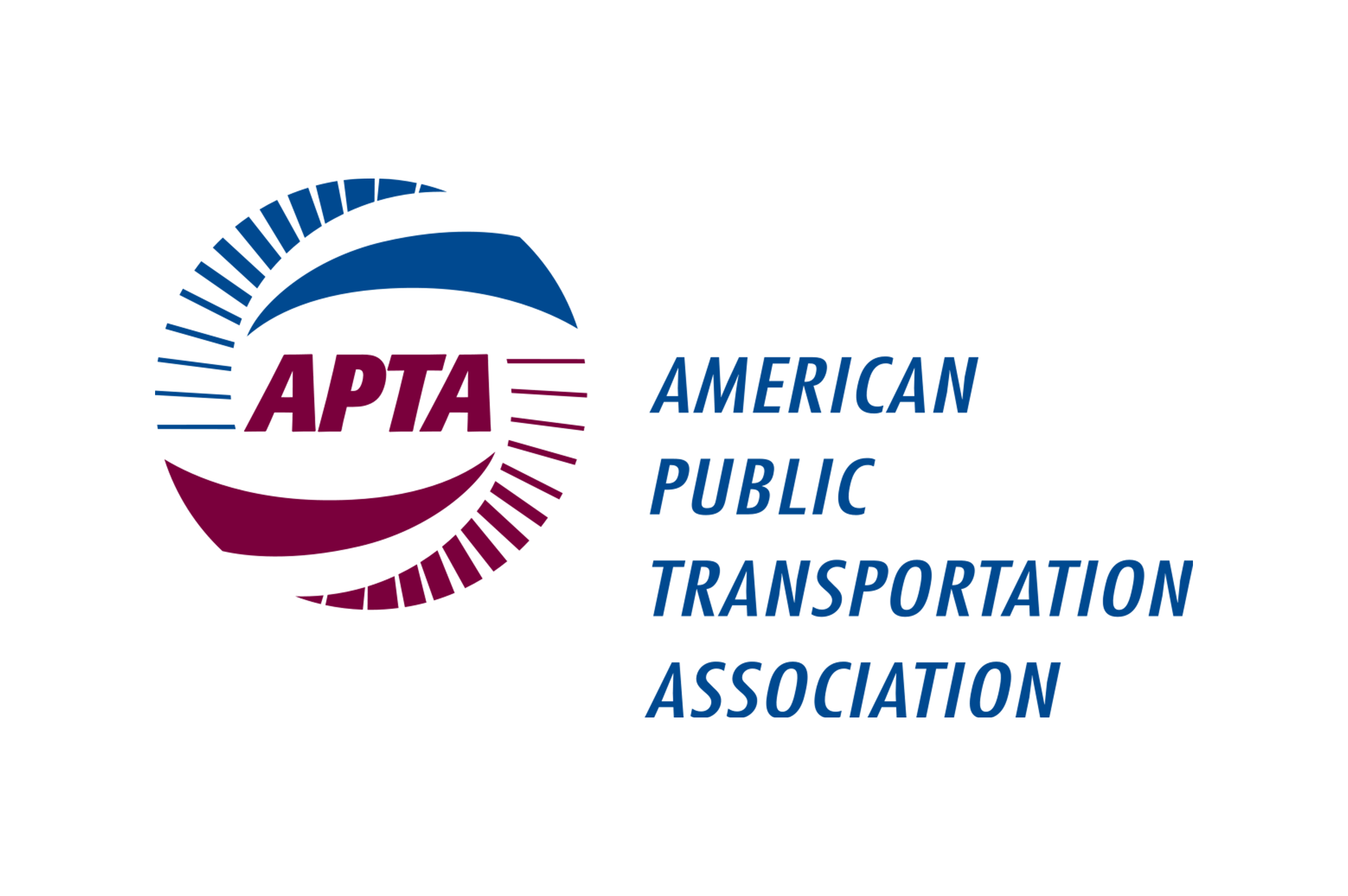THOUGHT LEADERSHIP
How We Talk Mental Health: 4 Steps For Creating Safe Workspaces
4 steps for implementing a psychological health and safety management system and creating safe workspaces.
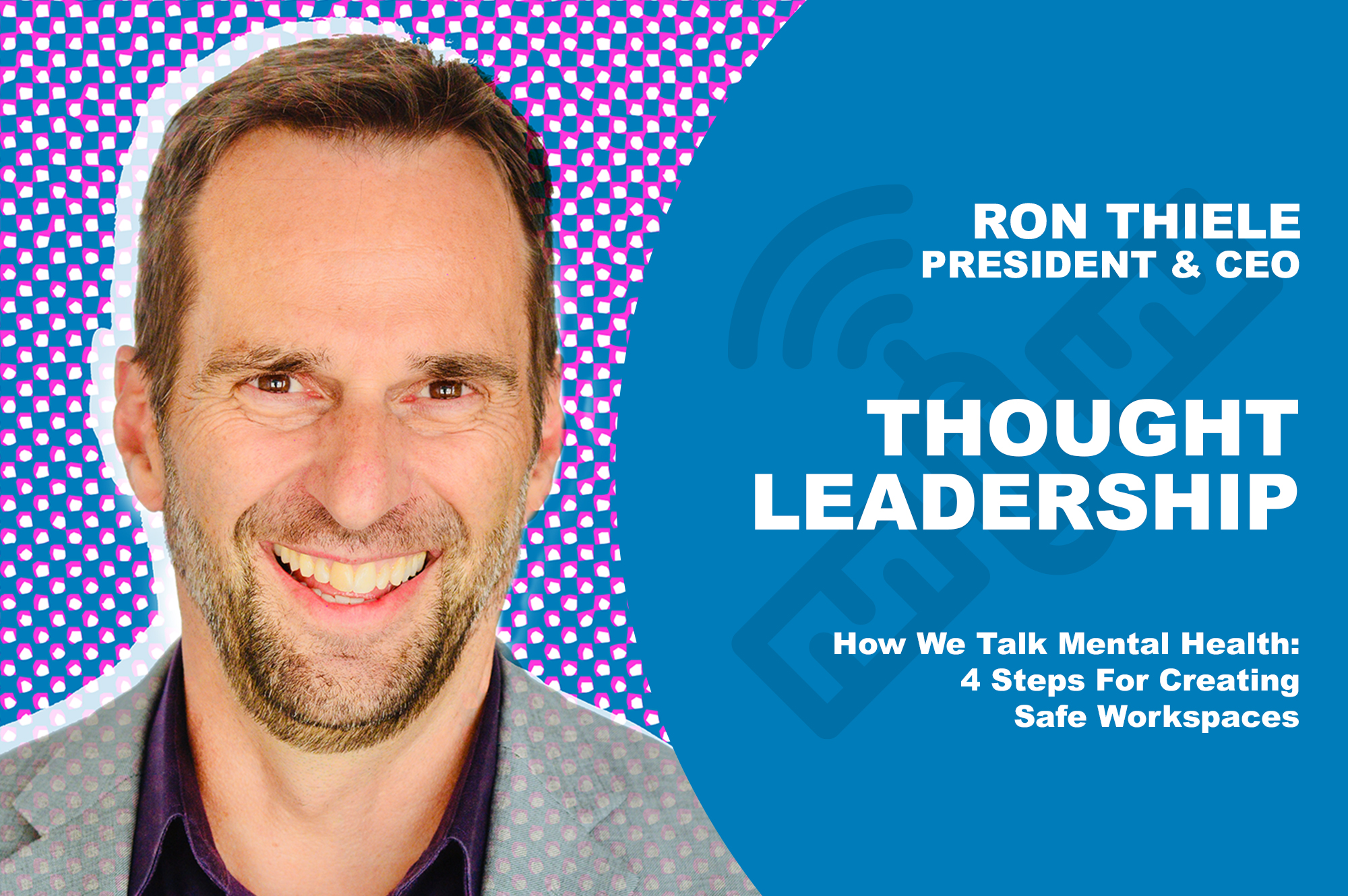
4 steps for implementing a psychological health and safety management system and creating safe workspaces.

We sat down for a discussion with Ron Thiele, founder and president of Xpan, for his thoughts and visions for what a psychologically healthy and safe workspace looks like for his team.
We’re going through increased polarization in the world, and through the advent of Industry 4.0, we can expect to see automation replace more and more manual jobs. As our workforce becomes increasingly stressed, as a result of the economic changes, we need to switch our lens to understanding the emotional impacts.
Under a microscope of daily pressures, such as food or financial insecurities, a picture is being painted that highlights the importance of a clear understanding of and delivery of care for psychologically healthy and safe workspaces.
But, how do we start the mental health conversation in our workspace? What questions do we ask? What communication policies do we have? What benefits does it provide?
For us here at Xpan, it means taking a responsible and flexible approach to how people live and work relevant to their needs. This includes the stress of having small kids, or a spouse, or pets at home, or making sure rent is paid. We certainly don’t want any food or financial insecurities. We want to make sure that we keep Maslow’s hierarchy in mind and make sure those first two needs are met so that we take care of each other.
Here are four steps we are taking toward implementing a psychological health and safety management system (PHSMS) at Xpan, with the aim of talking about mental health and creating safe workspaces.
Psychological health and safety (PH&S), for us, focuses on the emotional well-being of our Xpan family, making PH&S one of the foremost pillars of our success. We can’t make assumptions and force productivity. But we can create an environment that makes it safe to be vulnerable. And so, in terms of what it means to us, we’re creating organic strategies for our own playbook.
It starts with shifting toward a culture of carefulness and moving away from a psychological culture of harm and injury. It can be easy to be reckless with your words, but that negligence causes other people to absorb it in different ways. Intentions are one thing, but intentions can be translated and absorbed differently by other people.
I’ve been guilty of it in the past and always pushing the idea that we have to do better: Let’s go, let’s go, let’s go. As a leader, my fault was assuming that we were doing it together as a family. Still, I was always my own worst enemy because I thought setting the tone from the top meant leading by example and driving myself hard. This backfired and only caused friction. And even though we are changing our language, we still see a few factions of fear to this day.
Our lessons learned taught us to hire based on culture rather than skill set. Skills can be learned; culture can’t. We now hire based on our values of empathy, loyalty, and integrity. This includes talking about how workspaces can, unfortunately, be a particularly powerful contributor to poor mental health outcomes. The intersectionality of PH&S and other diversity dimensions is top of mind for us as we strive to create safe and inclusive workspaces. It has opened communication channels to make it safe to remove the stigma around what it means to be vulnerable.
We identified champions on our team for organizational change and community outreach. We’re establishing several committees composed of department heads and frontline staff. Our priority is empowering our team as leaders with overall responsibility for ownership of the PHSMS. This also includes a portion of their capacity because they need enough time, and adequate resources, to support the design, development, and implementation of our PHSMS. We are meeting this challenge by dedicating anywhere between 20-50 percent of their billable time to what we call non-billable leadership enablement.
We know that confidentiality and diversity are crucial elements of a well-functioning PHSMS. It plays an integral role in protecting privacy and confidentiality as well as strengthening employee engagement and participation.
To address this, we hired a human resources consultant to review policies and procedures, and start the formal process for an organizational statement on PH&S. This includes investigating programs and strategies to support employees along the entire spectrum of PH&S: from prevention to risk mitigation to diversity and inclusion.
These formal policies and procedures will help us build our playbook for how we live and speak about mental health with our team. As we build that playbook and those policies, we connect to who we are as people and those solutions that we create.
There are countless advantages of promoting and protecting PH&S in our workspace, and this includes reducing job stress and increasing job satisfaction. The bottom line is that it’s good for our business and our community. We’ve realized that strong culture is directly correlated to safety, productivity, and profit. And they all go hand in hand.
The leading indicator of a profitable business is its people’s fulfillment, and it’s the key to our success. If we have fulfilled people at Xpan, we will be productive and profitable. To have a fulfilled workforce in this virtual environment, we need to make sure PH&S is at the top of our minds in today’s state of the world.
Advocating for PH&S is one thing. Implementing a leadership development program at Xpan and building a playbook for it? That’s something entirely different than just ticking off boxes.
Creating the development and sustainability of a PHSMS workspace environment takes time. It needs to be based on a foundation of ethics and values with a developed policy that actively promotes it. A PHSMS approach means committing to developing an ongoing and flexible framework, building it over time, and integrating it into business operations. We fully understand that making the shift to a culture of carefulness requires careful thought and an effective strategy to avoid unintended consequences and sustainability barriers. Significant and sustainable change doesn’t happen overnight. It’s a slow and deliberate process and requires the backing of leadership, time, and persistence to the cause.
I love what I do. I love the team here. For me, love is a big word we use because it’s apparent in our passion as a unit. But the real goal here is to effect change at a societal level.
About Ron Thiele:
Ron Thiele is the founder and president of Xpan Interactive Ltd., a global leader in the development of superb digital knowledge solutions. Since 2001, Ron has led a strong team of passionate experts to increase engagement, performance, competency and happiness to more than 5 million learners across more than 350 large organizations.
Want to know more about how we can deploy solutions globally to most countries and in most languages? Connect with one of our experts today to learn more.
We develop digital knowledge solutions. Our team makes heroes of learning and development professionals. We improve workspace experience (and lives) across the globe, with better learning.
